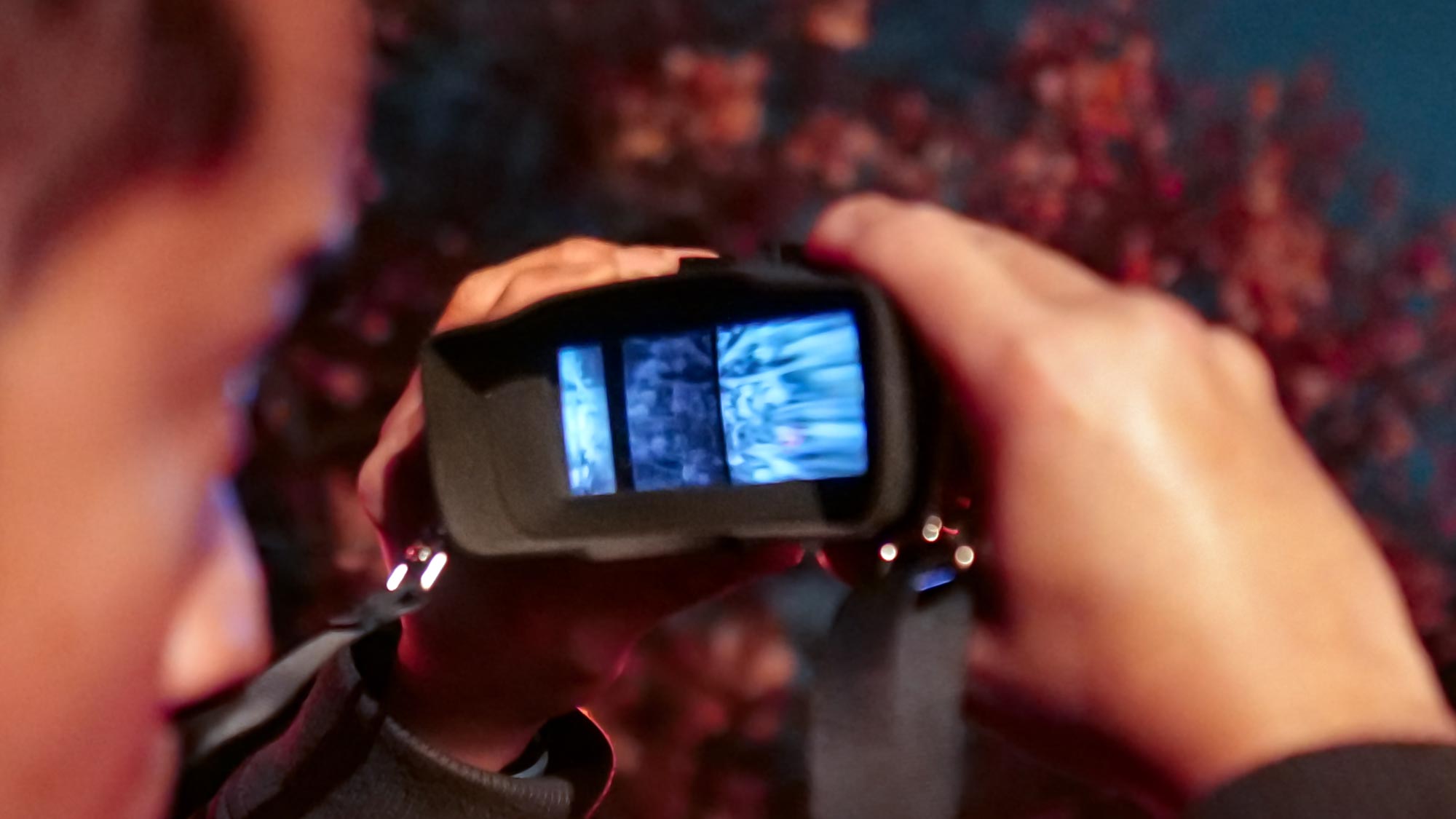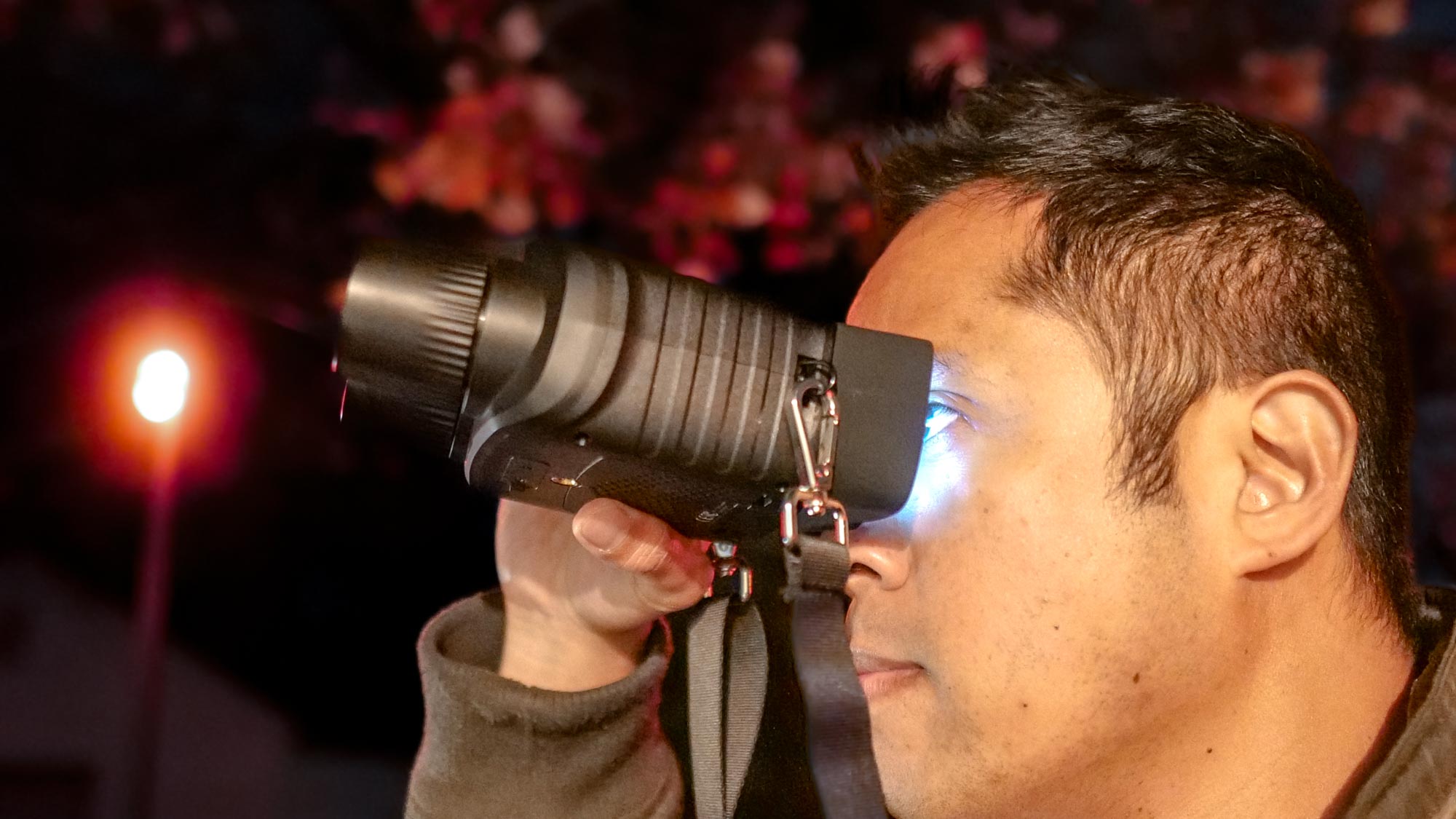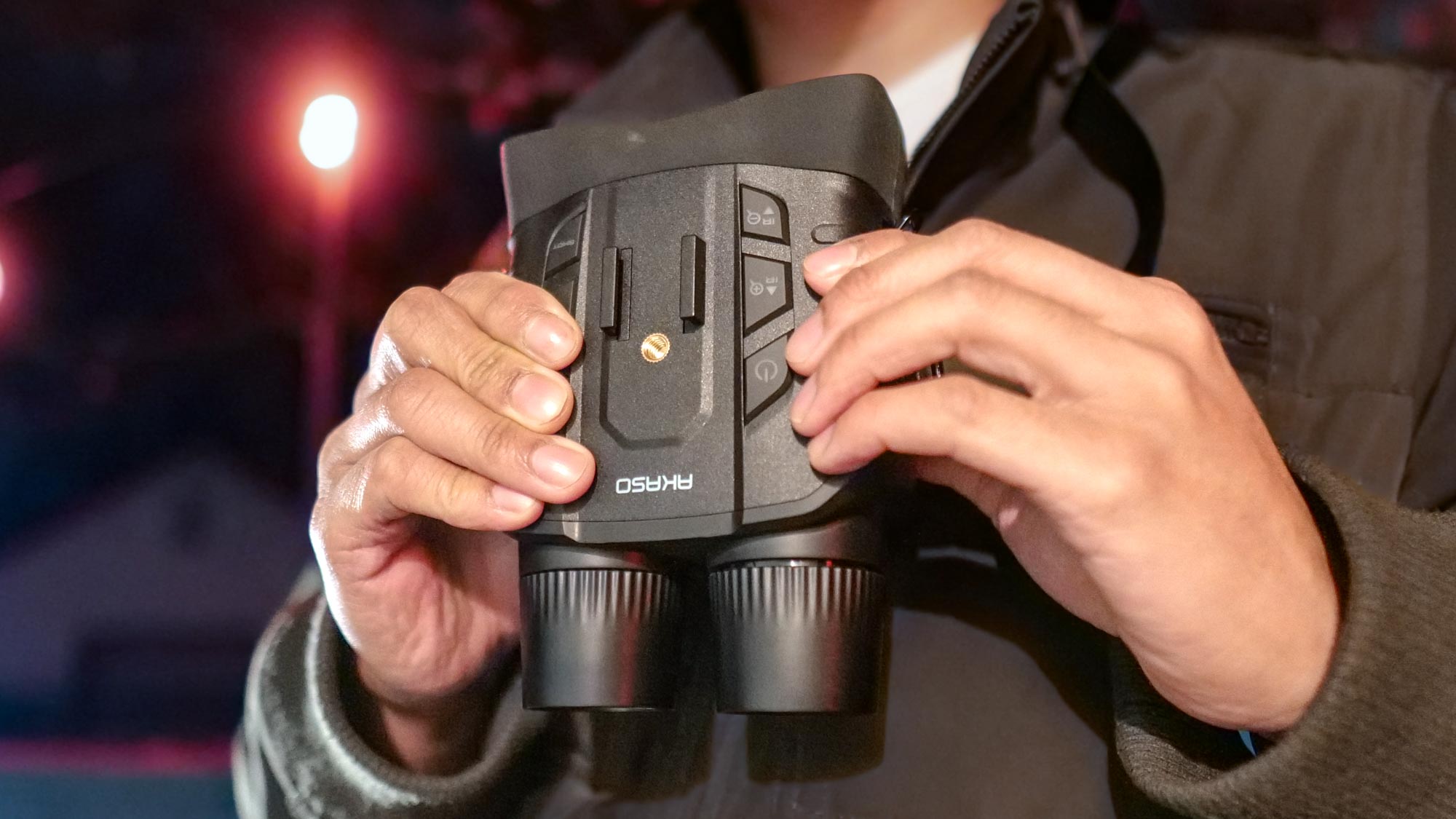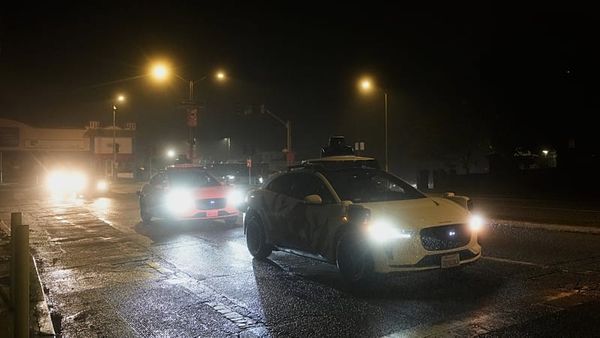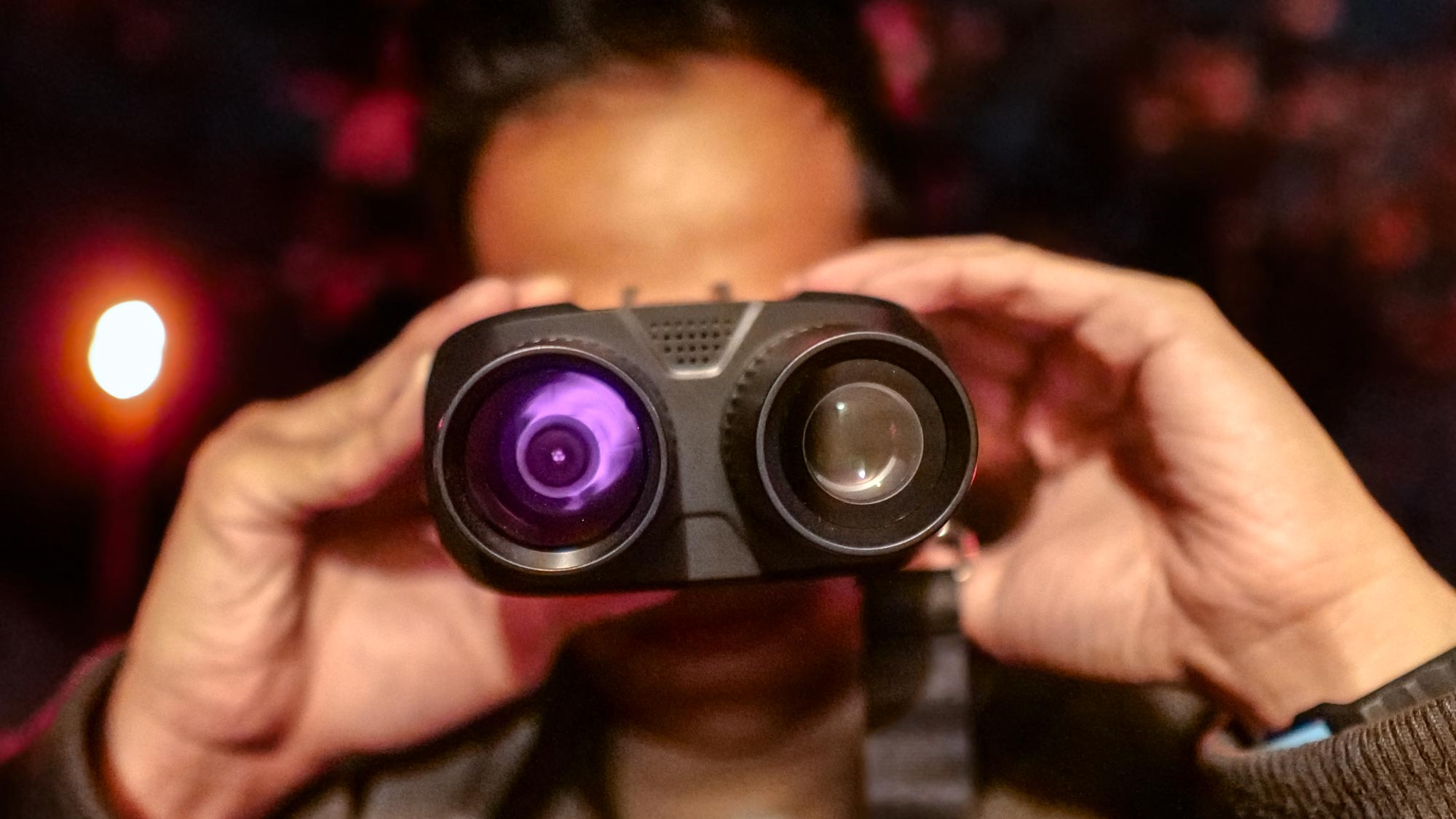
There’s nothing better that I love doing coming home from work other than taking in an astrophotography session with either any of the best phones I have on me or my smart telescopes. My vision’s not the best, so making out those twinkling stars is problematic if I want to image a cluster, galaxy, nebula, or another deep space object. That’s why I’ve been enhancing my vision with night vision binoculars that help me to see hidden stars hidden behind misty clouds.
I’ve been using the Akaso Seemor 200 for weeks now wherever I’m outside in my backyard for a night’s worth of astrophotography, mainly to help me guide my phone to the correct star constellations for long exposure capture. But I’ve also found other purposes for this nifty gadget, which I’ll get into more detail below.
For a limited time, you can save up to 31% off for a limited time for Black Friday.
One of my favorite star clusters in the night sky during this time of the year is M45 The Pleiades (also known as the Seven Sisters), which can be a little tough to discern, but the Akaso Seemor 200 makes it a breeze to see. My eyes can only see it as a smudgy spot in the sky. However, when I switch to the night vision mode with the Akaso Seemor 200, those individual stars in the cluster become crystal clear.
The animation below shows the difference it shows between what I see with my own eyes. I mainly use it to see some of those fainter points of light where a galaxy may reside — like M31, the Andromeda Galaxy. By pointing it at the night sky, I’m better able to navigate with my eyes to point my phone at a specific area to image it.

While it can snap a photo or record 4K video, I would suggest mounting it on a tripod or something with the ¼-inch mounts on either side of the binoculars. That’s because capturing photos in low light conditions, especially in color night vision mode, tends to result in soft details and streaking due to how it can shake while holding it in your hands.
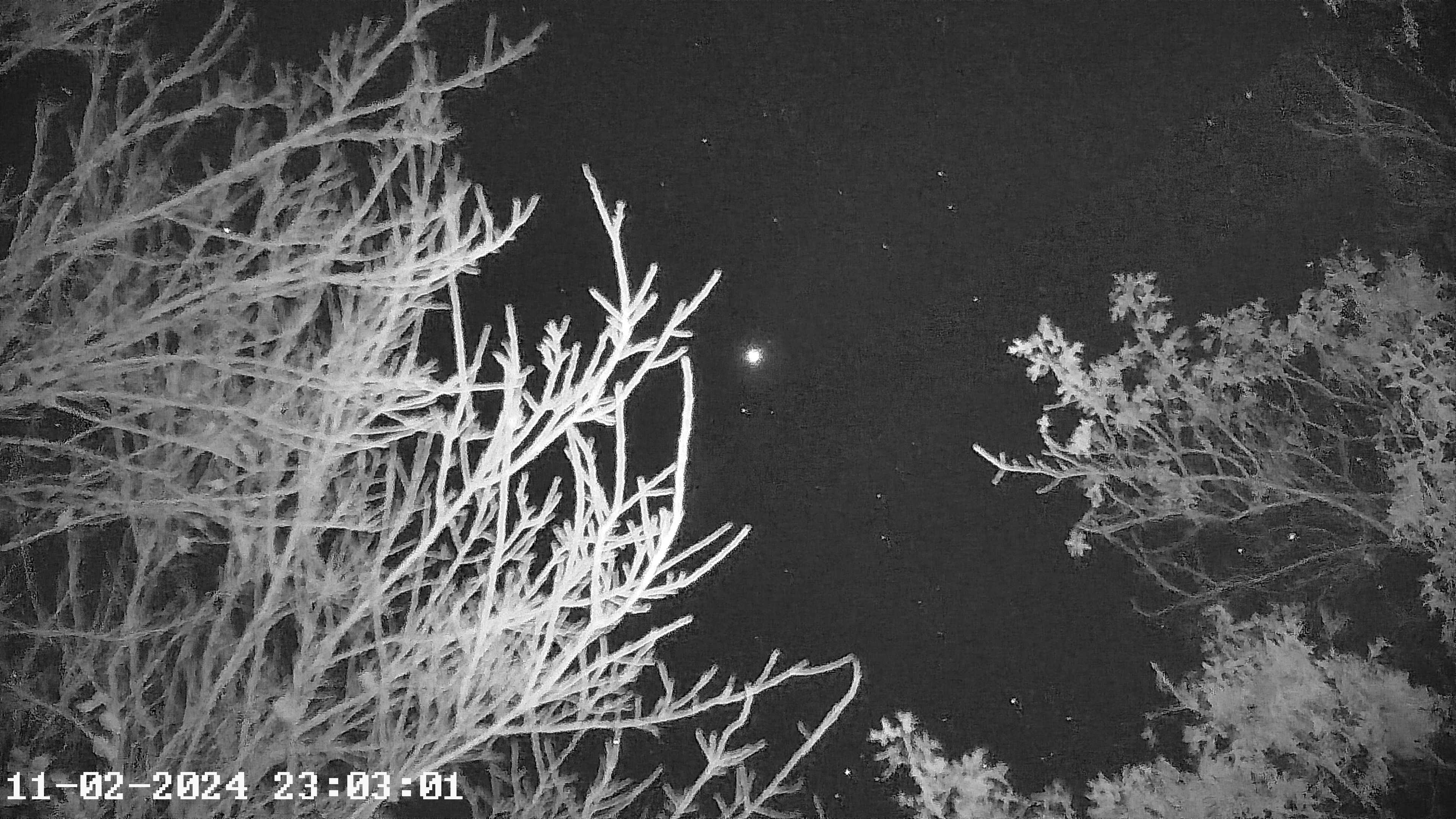
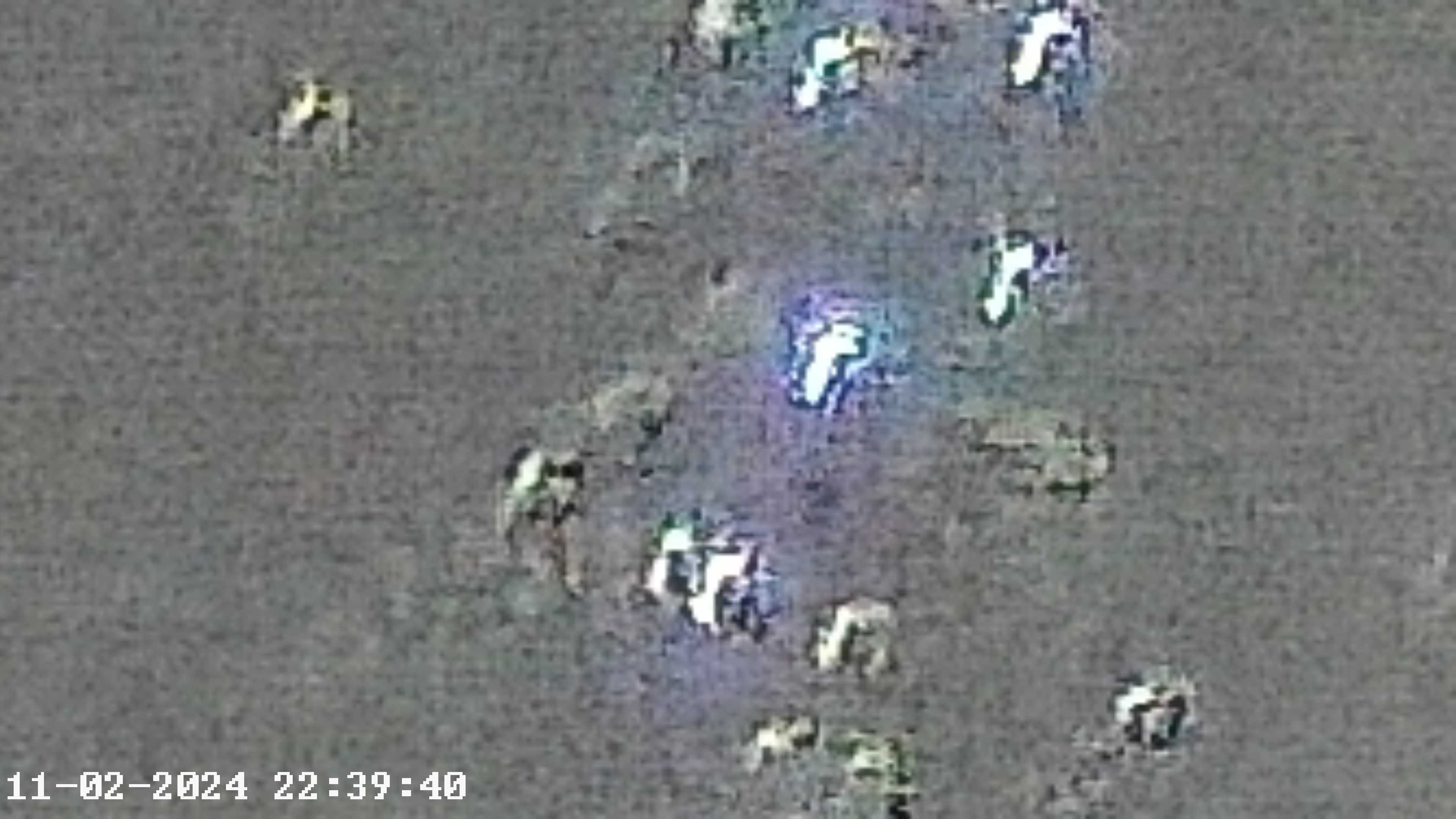
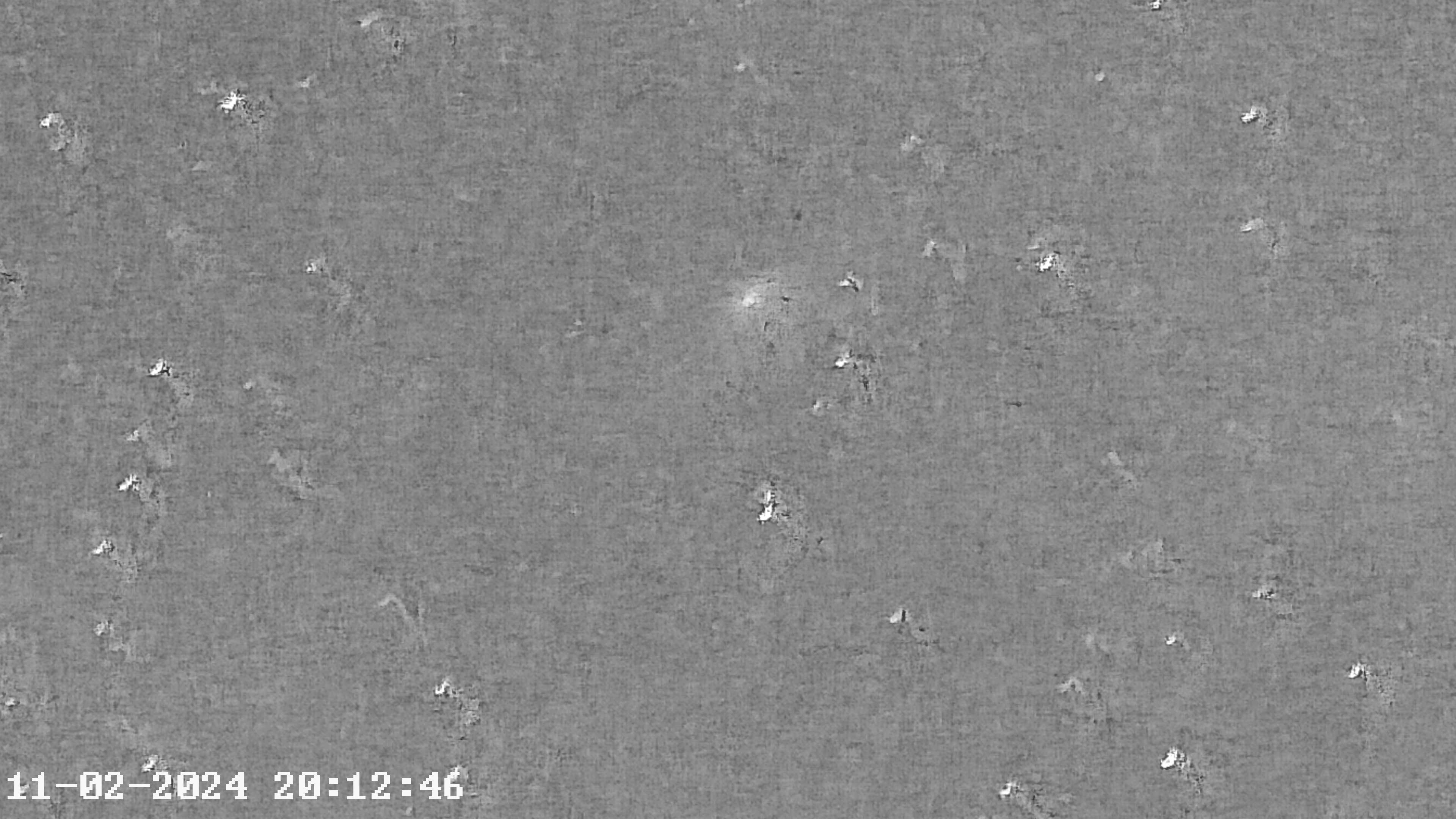
Another reason why I use it is to see what critters are around at night. I’ve come across raccoons, possums, deer, foxes, and many more wild animals coming through my backyard. I’m often startled by the sounds that the foxes make, but being able to see them clearly with the infrared camera activated allows me to admire them from afar. Below, you'll see the three different modes: color night vision, standard night vision, and infrared night vision. Notice how the infrared night vision is better at drawing out details in pitch dark conditions.
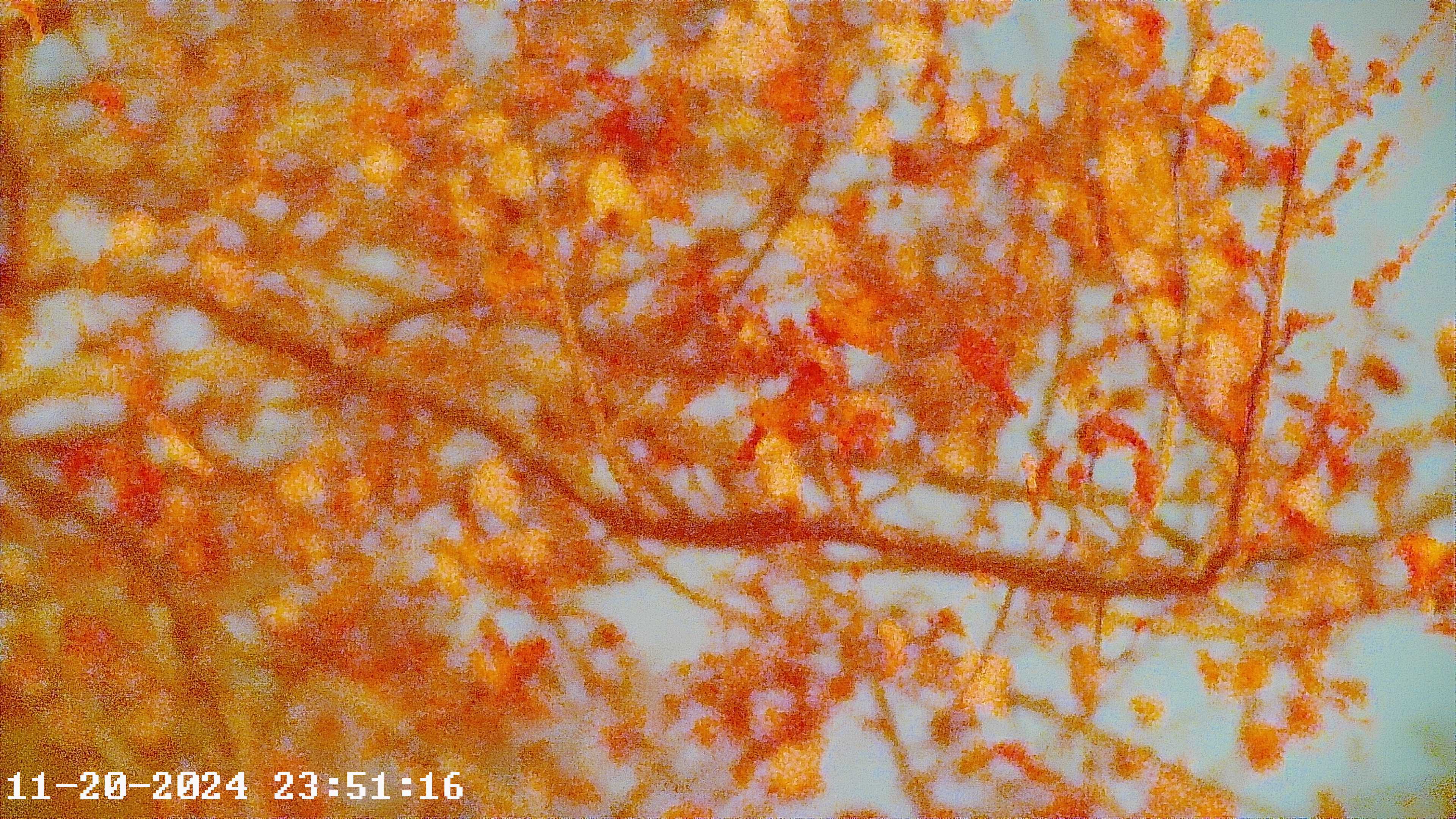
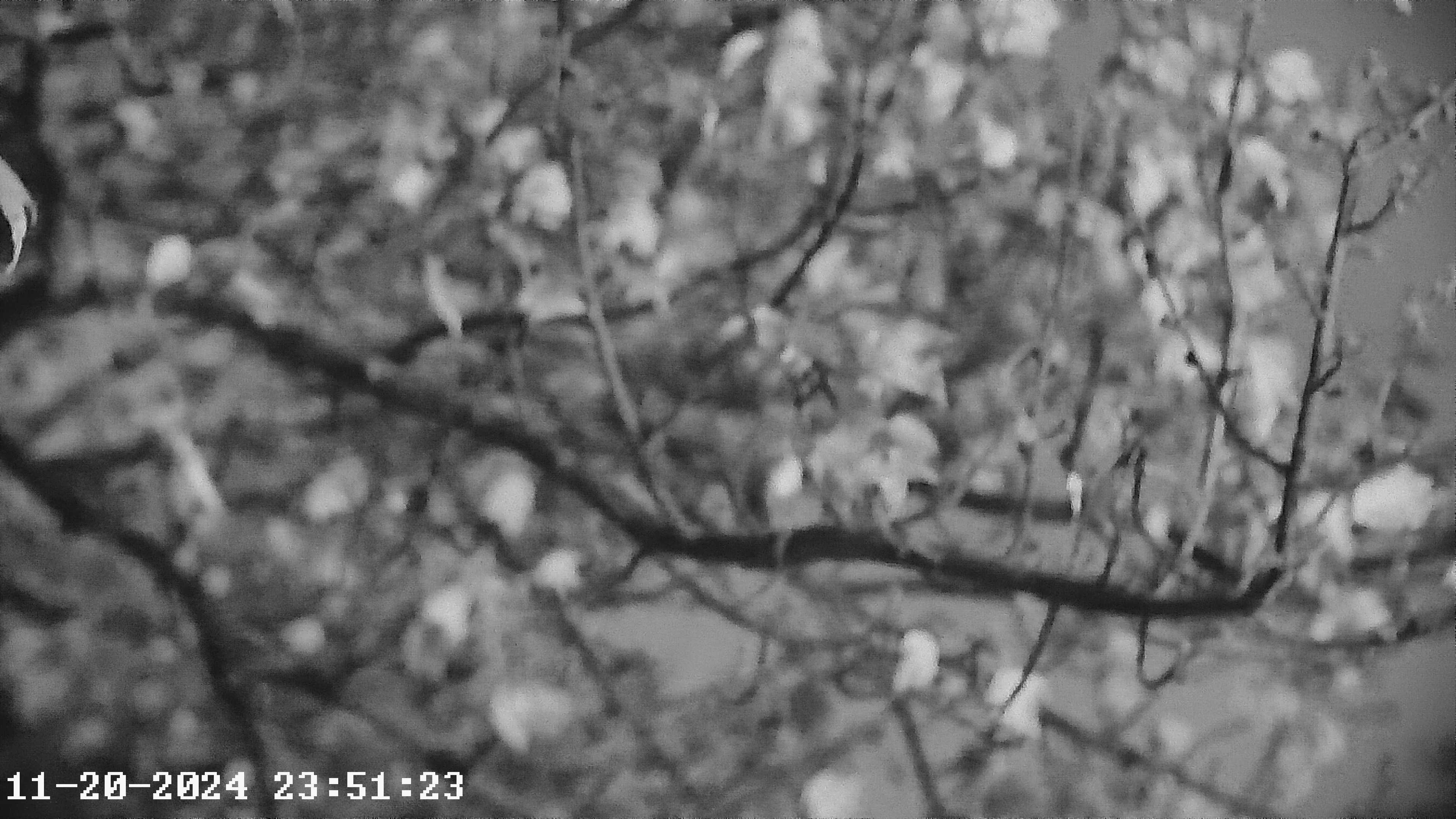
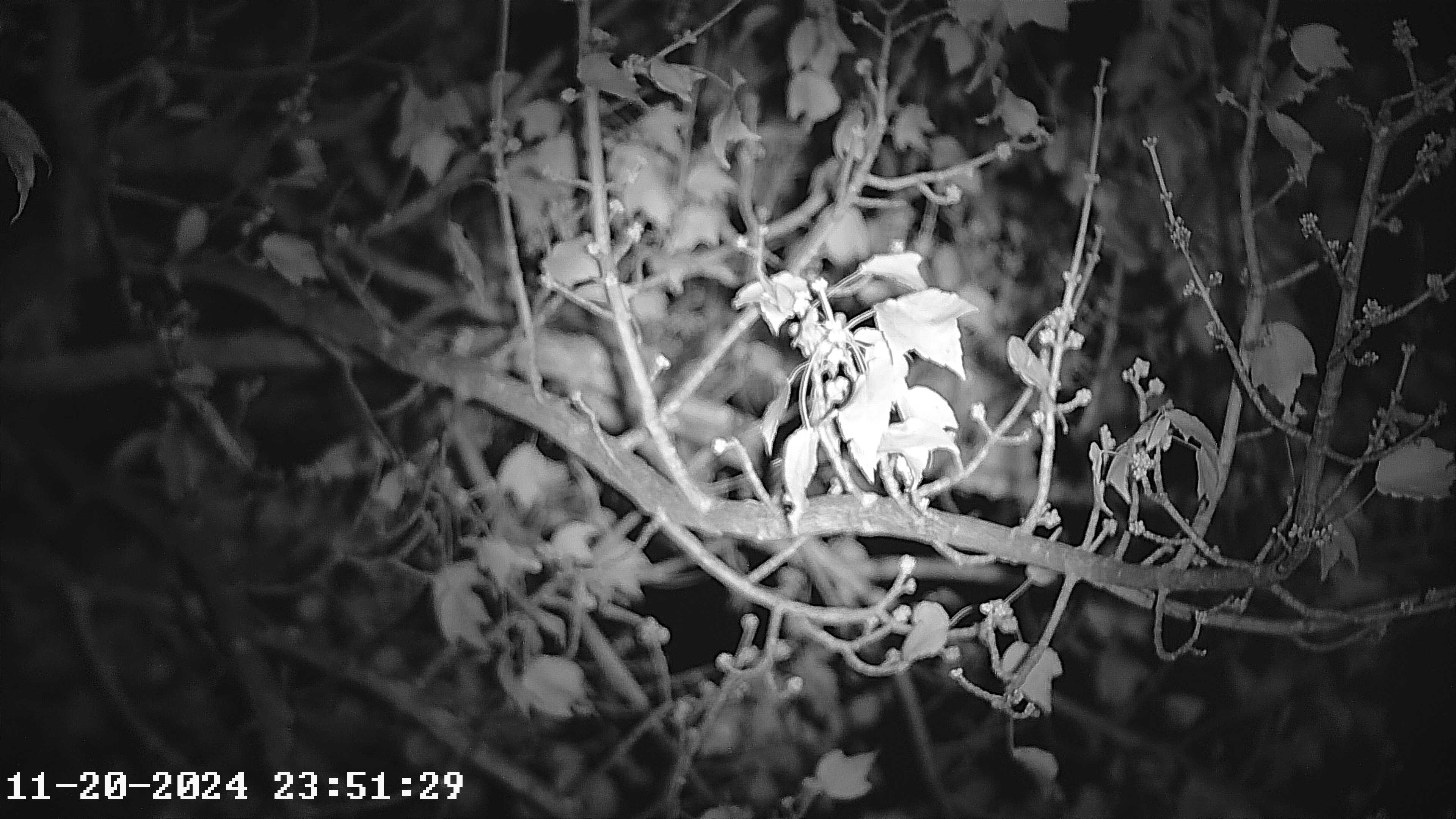
I’ve tested other thermal cameras, which unlike these night vision goggles, visualizes everything according to heat signatures. They’re wonderful for better identifying these animals at night, but they lack detail or clarity. That’s why night vision goggles like the Akaso Seemor 200 are better at this because the infrared light they emit is powerful to make details crisp.
Whenever I got outside for an astrophotography session, I always bring along the Seemor 200 because it makes my vision much better at night to find those stars.
